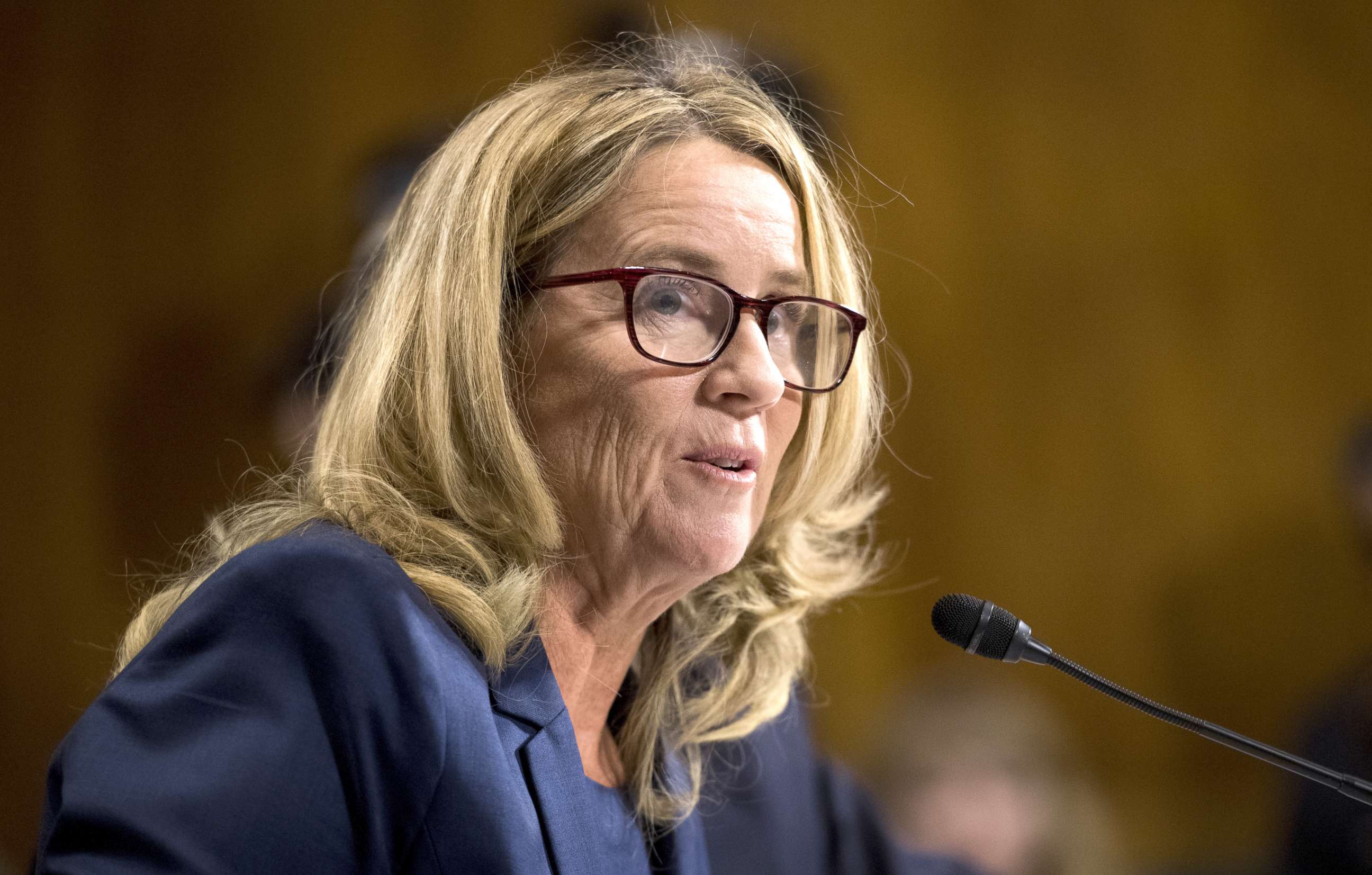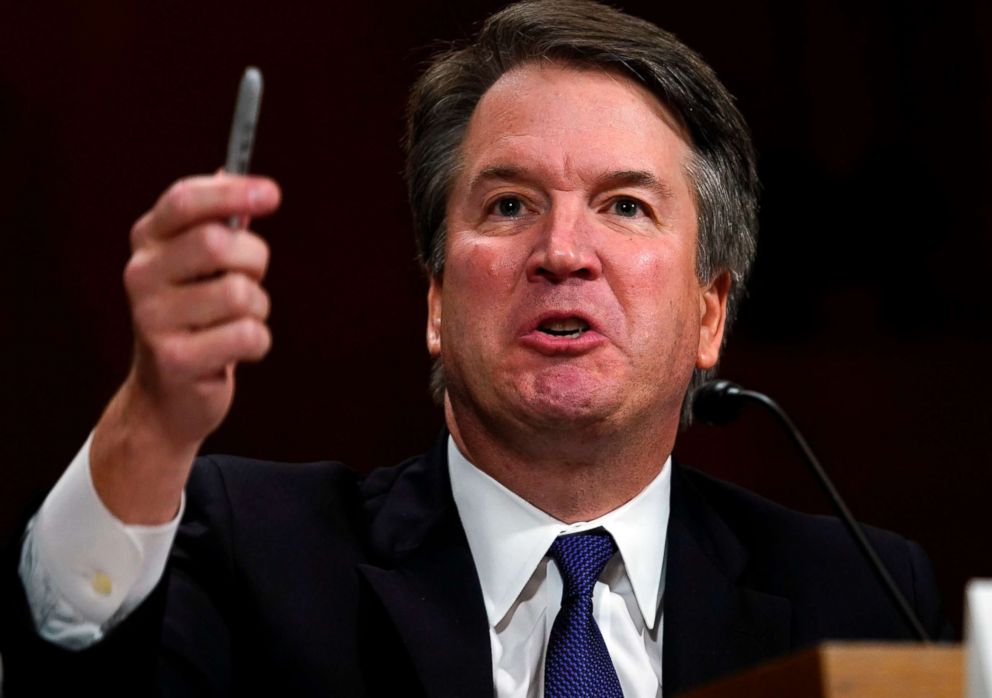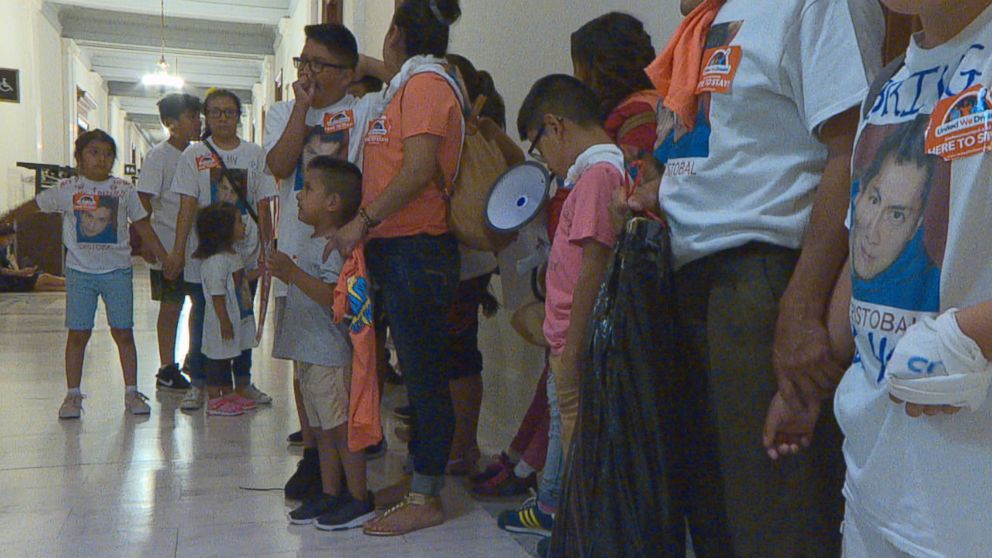Fact Check Friday: #Confirmayhem
ABC News' weekly fact check of the Trump White House.
Friday's vote to end debate on Judge Brett Kavanaugh's nomination to the Supreme Court sets up what could be one of the most partisan confirmation votes ever. And the deep political and moral divide has been exacerbated in the past few weeks by the debate over Christine Blasey Ford's allegation that Kavanaugh sexually assaulted her while they were both in high school.
With the nation watching so closely, it's more important than ever to get the facts right.
Welcome to ABC News' Fact Check Friday.
'I don't remember'
As President Trump this week openly mocked Ford, a college professor, for testifying she didn't remember all the details of the alleged sexual assault, not only did he mark a stunning departure from his previous description of Ford as a "credible witness," he also managed to falsely recount key details of her story.

"I had one beer, right. Well, do you think it was – nope, it was one beer," Trump said, mimicking Ford in front a campaign crowd in Mississippi.
"Where is the place? I don't remember. How many years ago was it? I don't know," the president continued to applause. "What neighborhood was it in? I don't know. Where's the house? I don't know. Upstairs, downstairs -- where was it? I don't know -- but I had one beer. That's the only thing I remember," he said.
Asked the next day about the president's performance, White House press secretary Sarah Sanders said he was simply "stating the facts."
But Trump got two things very wrong.
First, Ford described in detail that the alleged assault occurred in an upstairs bedroom. Not only that, she says she was shoved into the room from behind when she got to the top of the stairs.
Second, having one beer wasn't the only thing she remembered. She testified what she remembered best was the laughter.
"Indelible in the hippocampus is the laughter, the laugh — the uproarious laughter between the two, and their having fun at my expense," Ford said, referring to Kavanaugh and his friend Mark Judge, who she said was also in the room, watching the assault.
'It's refuted'

Last week, in his testimony, Kavanaugh boldly misrepresented statements from three people Ford said were in the home at the time of the alleged assault, claiming they all "refuted" Ford's story.
It's a clear falsehood repeated this week by numerous Republican senators advocating on Kavanaugh's behalf.
“Dr. Ford’s allegations are not merely uncorroborated, it’s refuted by the very people she says were there,” Kavanaugh declared last Thursday.
And just this past Thursday, Sen. John Cornyn, a top Republican on the Senate Judiciary Committee, repeated the claim.
He took the falsehood further, saying the accounts of both Ford and Kavanaugh's second accuser, Deborah Ramirez, were both "refuted" by witness statements.
"The witnesses they have identified saying they were present at the event have all refuted their allegations. So I think that ought to settle it," Cornyn said on Capitol Hill Thursday.
In fact, none of the people Ford identified as being present that night, including Mark Judge, Patrick Smyth, or Leland Keyser, actually refuted her account. The same goes for Deborah Ramirez.
The problem that both Ford and Ramirez shared is that no one would directly corroborate their accounts. But it's wrong to say their accusations were refuted.
Mark Judge said in a statement he has "no memory of this alleged incident," that he doesn't recall the party, and that he'd never seen Kavanaugh act in the manner that Ford described.
Patrick Smyth said in a statement "I have no knowledge of the party" and "no knowledge of the allegations of improper conduct."
A lawyer for Keyser said, "Ms. Keyser does not know Mr. Kavanaugh and she has no recollection of ever being at a party or gathering where he was present, with, without, Dr. Ford."
Simply claiming they don't remember is far different from refuting Ford's story.
'Central database'
This week, the internal watchdog for the Department of Homeland Security issued an egregious fact check involving one of the most defining stories of President Trump's presidency.
Even amid the swirl around the Kavanaugh confirmation, this story broke through.

As the Trump administration was being criticized for separating undocumented immigrant children from their parents this summer at the border, the Department of Homeland Security responded to the reports of chaos by telling the public it had a "central database" to track the children in its custody – children that in some cases were relocated to facilities across the country.
It turns out, according to a new report from the Homeland Security Department's inspector general, there was no such central database.
The closest thing investigators found was a single "manually compiled spreadsheet" called a "matching table."
But that spreadsheet was created weeks after DHS started separating families.
The DHS isn't fighting the report's conclusions, either. In a statement, DHS only criticizes the report for ignoring "significant accomplishments to reunify families."
All told, the Trump administration separated close to 3,000 children from their families. As of Sept. 20, according to the report, there are still 19 children under the age of five who have yet to be reunited.




